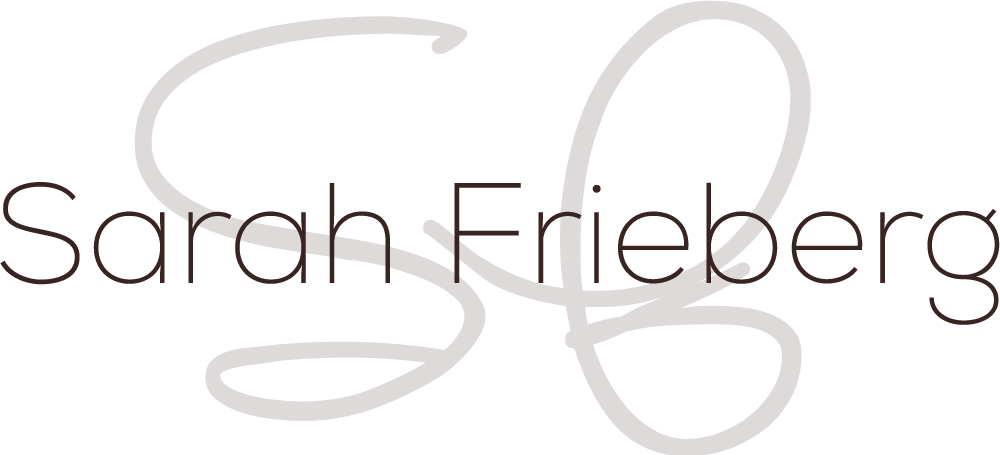A school based integrated curriculum that explores, experiences and expands our conscious awareness of our inner world to develop a more resilient, connected, compassionate and integrated self using practices such as journaling, mindfulness, Internal Family Systems and expressive arts.
- What one does to the self, does to the whole – we are a global community
- Developing inner awareness sets one free of self imposed limitations and has the power to heal
- Self-empowerment comes from an inner source of compassion, humility and awareness
Meeting Our Current World
Children are living in an environment where their systems are asked to manage large amounts of information traveling at the speed of the internet while dealing with unknown factors such as a world pandemic, racial and political uprising, and a global environmental crisis. Though these forces are unseen, our children are under their influence everyday, as I have seen and worked to manage with my own two children, 5 & 9. My goal with inner curriculum is to:
- To better prepare our students to work through traumas, fears, and challenges
- To be able to connect to their purpose and dreams
- Breaking down limiting belief structures, old patterns and habits
- Co create health-filled wellness on the mental, emotional, physical and spiritual levels
The Practice
The innerworld world is made up of our mental, emotional and spiritual experiences. What we believe has a powerful effect in our everyday world. For example, if one holds the belief that they are not good at making friends, that one belief has the power to severely limit their ability to socialize and connect with others in an empowered place of equality. They will more than likely set themselves up to be less than another. A judgemental system then is created where one decides internally their status rank. This then can cause a lot of pain for the holder of this belief and subsequently inflict pain outside of them as well.
This practice is designed to develop awareness of limiting and harmful beliefs from a place of self-kindness that we are unconsciously operating from. Once we bring it up to our consciousness we can then lovingly meet that part of ourselves and develop a new relationship to it. When we have the opportunity to see how our parts operate from past pain we can then have more awareness and capacity for compassion for others. From here we begin to develop an inner resilience through our reflective, mindful, IFS and art practices that give us more room to create in new ways.
Inner Reflection Capacity
Build an inner reflective capacity through journaling, mindfulness and meditation practices
Conscious & Mindful
Working with Internal Family Practices to consciously attune to our inner parts (Inside out Movie by Pixar)
Resilient
Develop resilience and strength of spirit through practices as self acceptance and the universal principles of love and kindness
Creative & Resourceful
Drawing on expressive and explorative artistic practices to consciously create new connections to our inner and outer world and imagine new possibilities
Year 1 –
Introduce and connect to the inner world focusing on Connection & Emotions (1 & 2 Chakra)
Year 2 –
Develop experiences of inner world and focusing on Lower mind & Heart energy (3 & 4 Chakra)
Year 3 –
Expand experiences of inner world into holism & integration focusing on Higher mind & Soul energy (5 & 6 Chakra)
Year 4 –
Integrate experiences of inner world into a holistic force (Bio-spiritual Ecology) focusing on Infinite and Heart Energy (7 & 4 Chakra)
Within our education we spend a large amount of our time learning about the outerworld developing skills and tools to help us navigate it and to be a contributing citizen. This is a world that exists outside the self separate from. The innerworld world is made up of our: mental and emotional experiences if judgement, beliefs, thoughts, attitudes, a range of feelings and our spiritual experiences; an inner reflective capacity
- Practices explored: mindfulness, meditation, journaling (reflections), healing modalities ( tapping, Internal Family Systems, soul collage) inner world energy systems (chakras, meridians, chi, how it is organized, quantum physics, Bio-spiritual ecology), Artistic Expression (art, sound, theatrical), Movement (Qigong, yoga,), Archetypes
- What one does to the self, does to the whole – we are a global community
- Consciously operate from a balance of the two experiences of outer and inner worlds
- Develop a holistic and integrated consciousness
- Develop a rapport with anxiety, fears, doubts, shame blame
- Develop a holistic and integrated consciousness
- Consciously operate from a balance of the two experiences of outer and inner worlds


